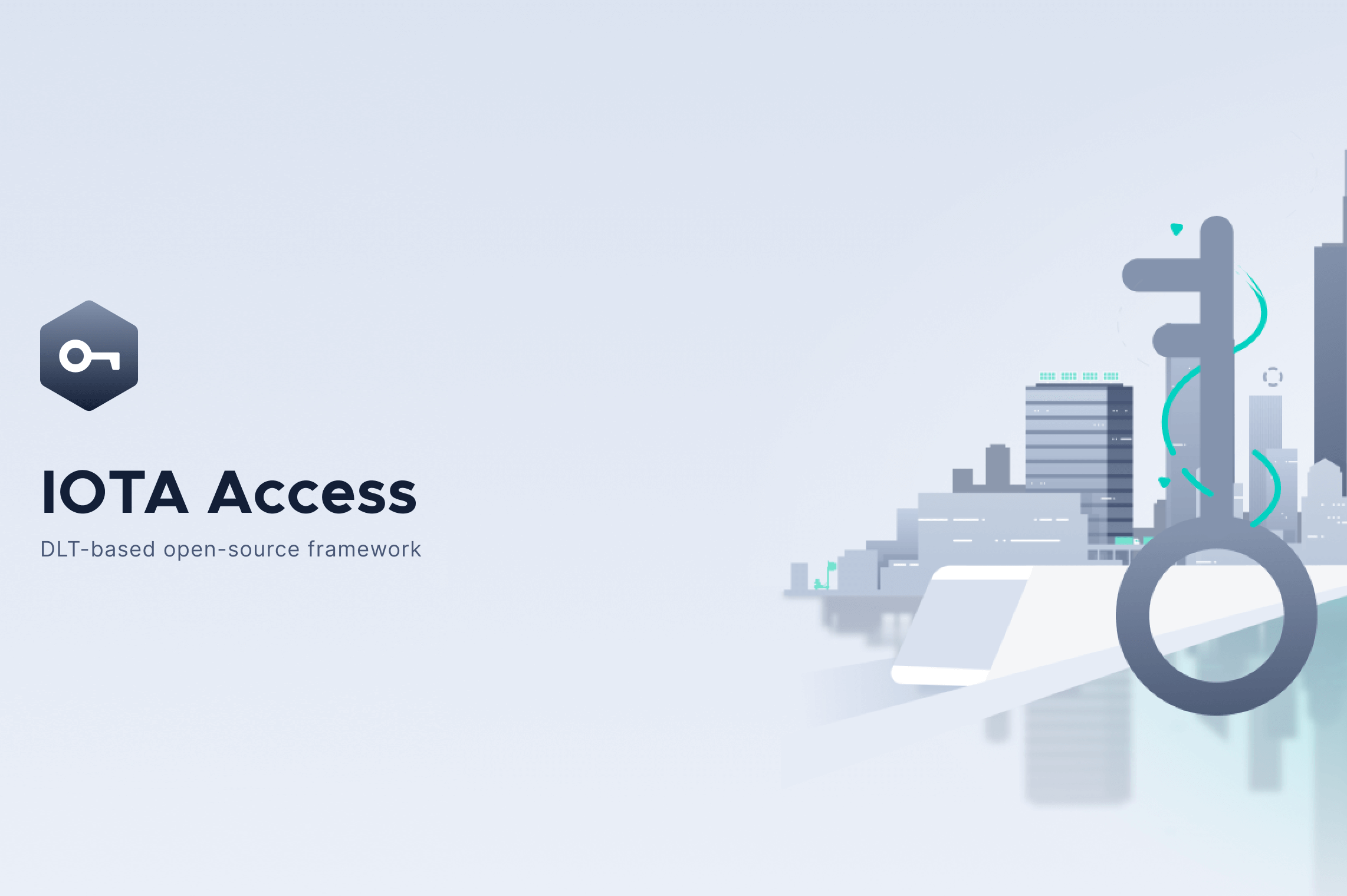

The IOTA Foundation has announced the launch of IOTA Access, an open-source framework for building access control systems.
Currently, IOTA is partnered with the likes of Jaguar Land Rover, STMicroelectronics and EDAG, all of which can utilise IOTA’s secure access control framework within smart devices.
One of the common stumbling blocks for existing access systems is that they require centralisation. This is inefficient as it relies on an internet connection that continually checks for permissions, also making it highly restrictive.
IOTA Access decentralises access and permission structures. It allows them to be embedded in the vehicle, for example, directly to process these signals on an individual level rather than as part of a larger, centralised structure.
“The challenge is in how to delegate access to our resources while ensuring that strict conditions are met,” said IOTA co-founder Dominik Schiener. “In business, managing these contracts often falls under the control of entire departments or legal teams. With IOTA Access, we manage the bulk of this work from embedded devices, platforms, or even a smartphone app.”
With IOTA Access, on IOTA’s Tangle protocol, a user can grant access to any physical device or data stream in a remote, permission-less, and auditable manner. All of this is controlled behind the scenes, built into products or platforms that manage transactional details and grant or revoke access without user input.
This framework for access-controlled integration works with any IoT resource, whether a vehicle, smart lock or sensor embedded in another object.
With IOTA Access, users or organisations can directly grant and revoke access at any time, add additional restrictions, or make on-the-fly changes to these agreements electronically.
IOTA Access works for small tasks, like lending a laptop or limiting screen time for children — only allowing access after they meet specific conditions. It can also control entire buildings, granting access to employees or tenants based on time of day, employee ID, or clearance level.
“Controlling access under specified conditions requires trust that both users will meet their portion of the agreement,” said IOTA co-founder David Sønstebø. “With IOTA Access we can provide that layer of transparency to ensure that both parties are honoring the agreement and observing its conditions.”
For more news, guides and cryptocurrency analysis, click here.
Denver, Colorado, 24th February 2025, Chainwire
Denver, Colorado, 20th February 2025, Chainwire
Washington, D.C., 18th February 2025, Chainwire
Dubai, UAE, 27th January 2025, Chainwire
Those who enter the market at this time may be surprised to hear that Bitcoin…
George Town, Grand Cayman, 22nd November 2024, Chainwire